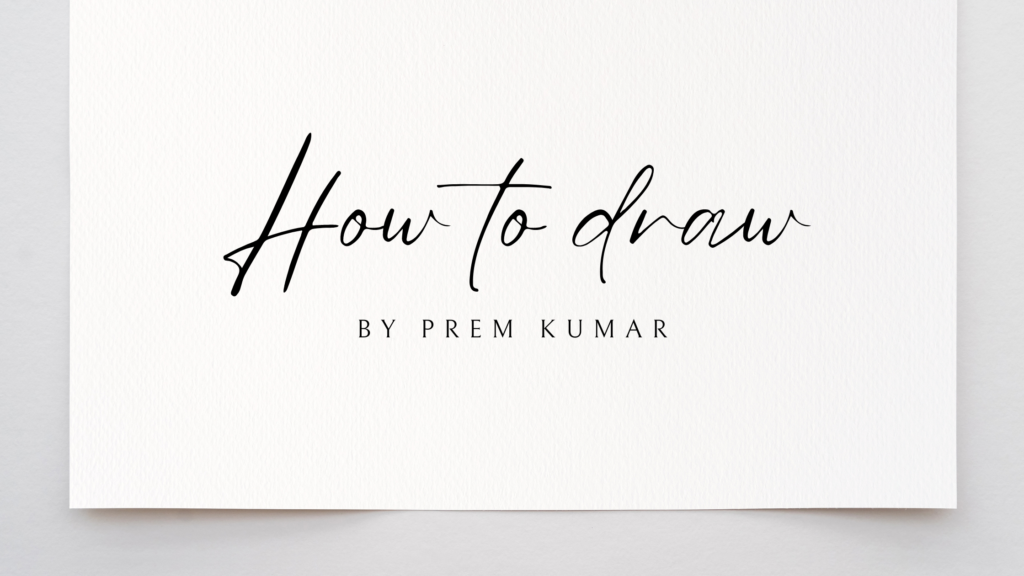The fundamental tool for artists, sketching pencils is used to create numerous masterpieces in a variety of media. Picking the correct pencil, which comes in a variety of grades, brands, and applications, can have a big impact on how your artwork turns out. This article will explore the world of sketching pencils, including their various grades, well-known brands, and best uses.
Understanding Pencil Grades
The grading system of sketching pencils is one of its most important features. The hardness or softness of a pencil’s graphite core determines how dark and smooth the lines it make. This determines the grade of the pencils. H pencils produce lighter, finer lines, and B pencils produce darker, softer lines. Generally, the grading scale goes from 9H (hardest) to 9B (softest).
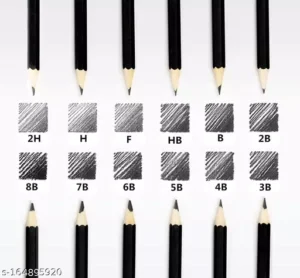
Here’s a breakdown of the most common grades:
– H Grades: H pencils, like 2H or 4H, provide lighter, harder marks. For rough sketches, technical drawings, and tiny details needing accuracy, they are perfect.
– HB: The HB pencil offers a well-balanced mix of darkness and hardness, sitting in the middle of the scale. It is adaptable and appropriate for general-purpose outlining and drawing.
– B Grades: B pencils get softer and darker as they go from 2B to 9B. They are ideal for expressive, rich line work, shading, and tonal work.
– F and H Grades: F pencils are preferred for delicate lines and detailed work since they are marginally tougher than HB pencils. H pencils, such as 6H or 9H, on the other hand, are incredibly firm and produce very light lines that are appropriate for technical drawings and fine details.
Artists can generate a wide variety of effects, textures, and tonal variations in their sketches by experimenting with different grades.
Popular Brands of Sketching Pencils
Regarding drawing pencils, a few brands are distinguished by their superior quality, reliability, and wide range of products. These well-known companies are appreciated by artists all around the world:
– Faber-Castell: This company is well-known for its high-end art materials, which include their well-known Graphite Sketch Pencils. Professionals and enthusiasts alike love Faber-Castell pencils because of their superb lightfastness and smooth, steady leads.
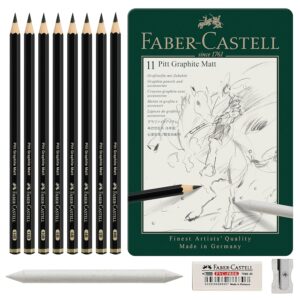
– Derwent: Derwent provides a broad selection of sketching pencils to meet different artistic requirements. Their multi-grade Graphic Pencils are highly praised for their rich, velvety tones and exceptional blendability, which make them perfect for sketching as well as drawing.
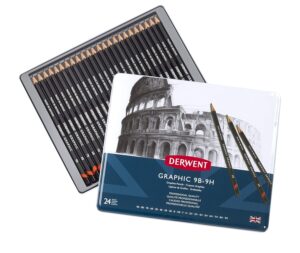
– Staedtler: Known for their remarkable break-resistance and flawless, uniform lines, Staedtler’s Mars Lumograph pencils are highly regarded. Staedtler pencils are essential in many artist’s studios because of their wide range of grades and long-lasting reputation.
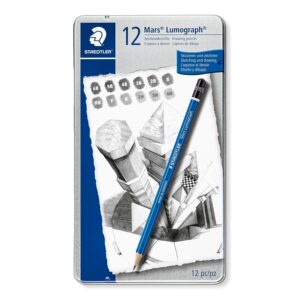
– Prismacolor: This company makes excellent graphite drawing pencils in addition to its well-known line of colored pencils. Their Turquoise Graphite Pencils are a favorite for technical drawing as well as sketching since they have rich, black lines and great erasability.
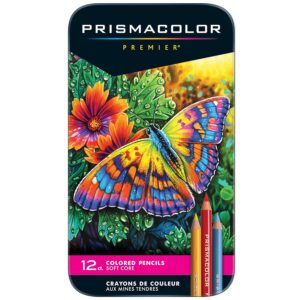
– Caran d’Ache: Renowned for their remarkable longevity and quality, Caran d’Ache’s Grafwood pencils are highly sought after. These pencils provide artists with excellent lightfastness and precise control, as well as smooth, consistent results. They have a creamy texture.

Because every brand has special qualities and advantages to give, artists can choose the ideal pencils to fit their own preferences and artistic styles.
The Best Applications for Drawing Pencils
Drawing pencils are useful for a wide range of artistic projects, from technical representations and emotional renderings to rapid sketches and precise drawings.
Here are a few typical applications for drawing pencils:
– Initial Sketches: H pencils work well for initial sketches since they let artists clearly and precisely design and outline their compositions.
– Shading and Tonal Work: B pencils are excellent in shading and tonal work, allowing artists to use small tone changes to create dimensions, depth, and volume.
– Fine Detailing: To add refinement and definition to the finished artwork, F and H pencils are ideal for fine detailing and complex linework.
– Expressive Drawing: To create expressive effects like powerful lines, subtle textures, and striking contrasts, artists frequently combine different pencil grades.
– Technical Drawing: For technical drawings, architectural drafting, and other precise, detailed illustrations needing accuracy and control, harder pencils like 6H or 9H are used.
By gaining knowledge about the distinct qualities of every pencil grade and experimenting with several brands, artists can unleash a plethora of creative opportunities and achieve unprecedented success in their sketching attempts.
Conclusion:
In summary, sketching pencils are an essential tool for artists because of their adaptability, accuracy, and expressive possibilities. Through investigation of the wide variety of grades, brands, and best practices, artists can fully utilize sketching pencils to realize their creative dreams on paper. The world of sketching pencils welcomes you to go on a voyage of exploration, experimentation, and creative expression—regardless of your level of experience.
Some Recommendations:
Read Also: A Comprehensive Guide to Paper Selection for Artists
Read Also: A Guide Between Graphite vs Charcoal Sketching
To learn more about art, visit SILPAVAT.IN


